Variegated Kalanchoe Daigremontiana Pink Butterfly
£12.00
Variegated Kalanchoe Daigremontiana ‘Pink Butterfly’, also known as Mother of Millions, is an easy-care succulent that can thrive indoors with the right conditions. Known for its delicate pink baby plantlets along the edges of its leaves, it adds unique beauty to any succulent collection. Here’s how to care for it and troubleshoot common issues.
Propagation
The Pink Butterfly is known for its ability to produce baby plantlets along the edges of its leaves, which can easily be propagated using a variety of methods:
- Soil Propagation: Gently detach the baby plantlets from the parent plant and place them directly on top of well-draining soil. Mist lightly until they establish roots, then care for them like mature succulents.
- Sphagnum Moss Propagation: Sphagnum moss is a great medium for propagation as it holds moisture without being too wet. Place the baby plantlets on damp sphagnum moss, mist regularly, and they’ll root quickly.
- Water Propagation: You can also propagate the baby plants in water. Place the plantlets in a shallow container with just enough water to touch the base. Once roots develop, transfer them to soil.
- Perlite/Perlite Mix: Some growers prefer a perlite or perlite-soil mix for propagation. This method ensures excellent drainage while maintaining moisture for the new roots.
Troubleshooting Common Issues
- Leaf Dropping and Baby Plantlet Loss: If your plant’s leaves are dropping or the baby plantlets are detaching prematurely, this is often a sign of stress, such as overwatering or poor light conditions. Adjust watering and ensure the plant gets bright, indirect light.
- Root Rot: Overwatering or poor drainage can cause root rot, which is evident when the roots or stems become mushy and soft. If you suspect root rot, repot the plant in fresh, well-draining soil and trim away any damaged roots.
- Pests: Kalanchoe plants are sometimes susceptible to pests like mealybugs or aphids. If you notice pests, treat the plant with insecticidal soap or neem oil, wiping down the leaves and stems.
- Leggy Growth: If the plant becomes stretched or leggy, it’s likely due to inadequate light. Move the plant to a brighter spot with more indirect sunlight.
- How often should I water my Pink Butterfly plant?
- Water the plant only when the top inch of the soil is dry, typically every 1-2 weeks depending on environmental conditions. During winter, reduce watering frequency as the plant enters dormancy.
- What should I do if the baby plantlets detach during delivery?
- Detached plantlets are natural and can be propagated easily. Place them on well-draining soil and mist lightly to encourage rooting, or try other methods like sphagnum moss or water propagation.
- Is the Pink Butterfly suitable for beginners?
- Yes, this plant is perfect for beginners due to its easy-care nature and resilience. It requires minimal watering, standard household humidity, and thrives in bright, indirect light.
☀️ Light
☀️☀️▫️ (Medium)
The Variegated Kalanchoe Daigremontiana Pink Butterfly thrives in bright, indirect light. It can also adapt to direct sunlight but be cautious of too much direct exposure which might scorch its leaves. A spot near a window with a sheer curtain is ideal for this vibrant succulent.
💧 Water
💧💧▫️ (Medium)
This succulent prefers a ‘soak and dry’ method for watering. Allow the soil to completely dry out between waterings. Overwatering can lead to root rot, so ensure the pot has good drainage and only water when the soil feels dry to the touch.
🌡️ Temperature
🌡️🌡️▫️ (Average)
Variegated Kalanchoe Daigremontiana enjoys typical indoor temperatures ranging from 15°C to 25°C. Keep it away from draughty areas and protect it from frost, which can be harmful to the plant.
💧 Humidity
💧▫️▫️ (Low)
Being a succulent, the Pink Butterfly prefers lower humidity levels. Typical room humidity is sufficient, and there’s no need for any extra humidity adjustments.
🌱 Repotting
Repot your Kalanchoe every 2-3 years or when it outgrows its pot. Use a well-draining succulent mix to ensure healthy growth. Spring is the best time for repotting, giving the plant a fresh start with more room to grow.
🐾 Pet Friendliness
Caution is advised as Kalanchoe plants can be toxic if ingested by pets. Keep it out of reach from curious cats and dogs to avoid any mishaps.
🏠 Recommended Locations at Home
Perfect for sunny desks, shelves, or south-facing windowsills. Its striking appearance also makes it a great centerpiece for dining tables or bright bathrooms.
🌿 Air Purifying
While not specifically known for air-purifying properties, like all plants, it contributes to a reduction in indoor pollutants to some extent.
✨ Other Plant Features
The ‘Pink Butterfly’ is not only visually stunning but also fascinating due to its prolific propagation abilities. It’s perfect for those who enjoy sharing plants, as the baby plantlets can easily be propagated and given to friends and family.
Remember, if you have any more questions about caring for your Pink Butterfly, you can ask Mossbot for help, contact us via our website, or take advantage of our free plant hospital service for additional assistance!

Free Care Guide With Every Purchase
Scan the plant pot QR for instant access to our care guide for your plant. No hassle, no stress, just healthy and happy plants.
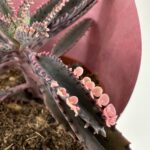 Variegated Kalanchoe Daigremontiana Pink Butterfly
Variegated Kalanchoe Daigremontiana Pink Butterfly



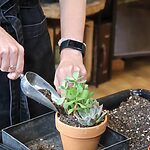
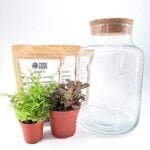
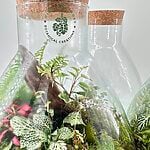
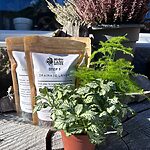

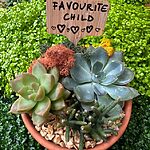
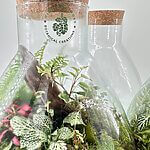


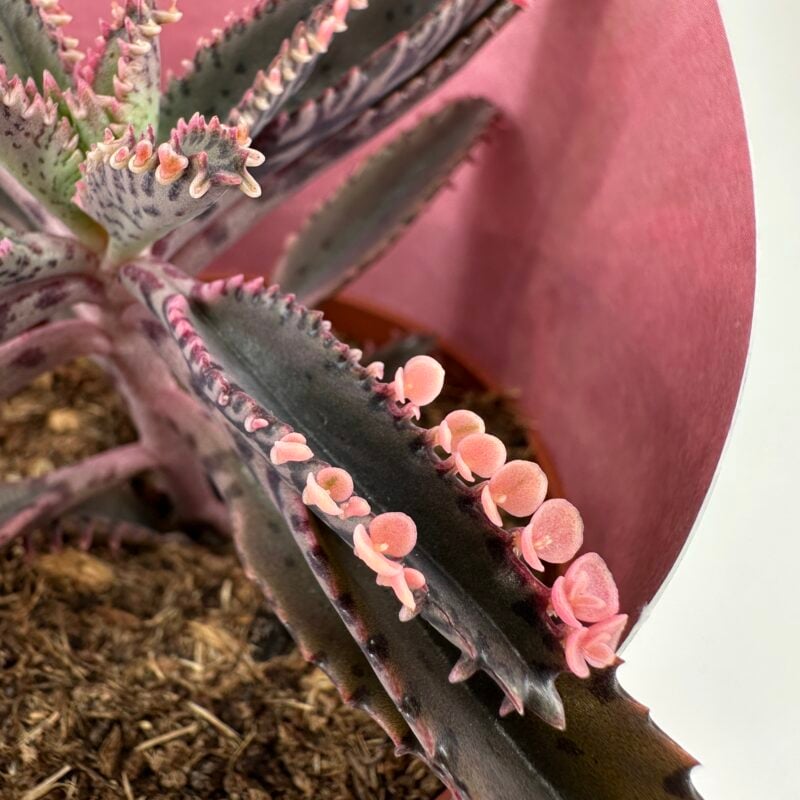




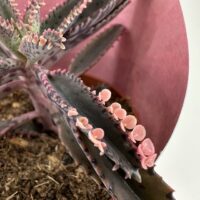
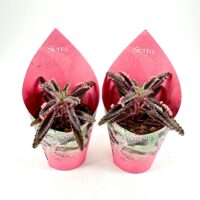
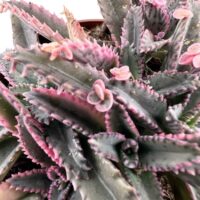
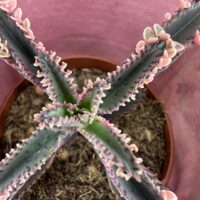
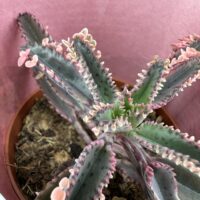
Reviews
There are no reviews yet